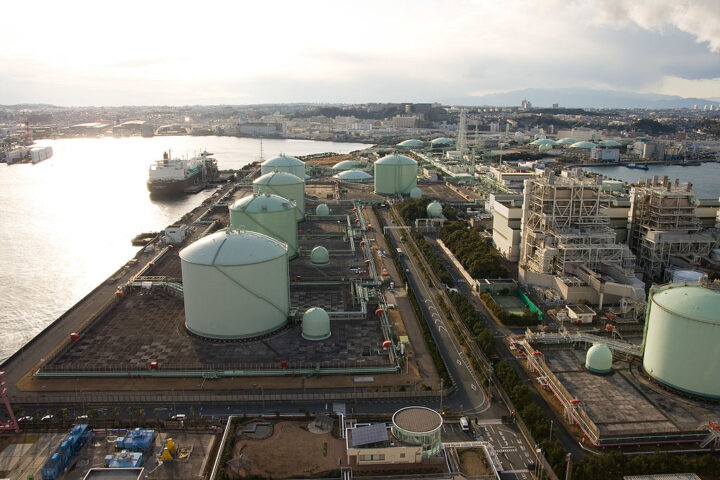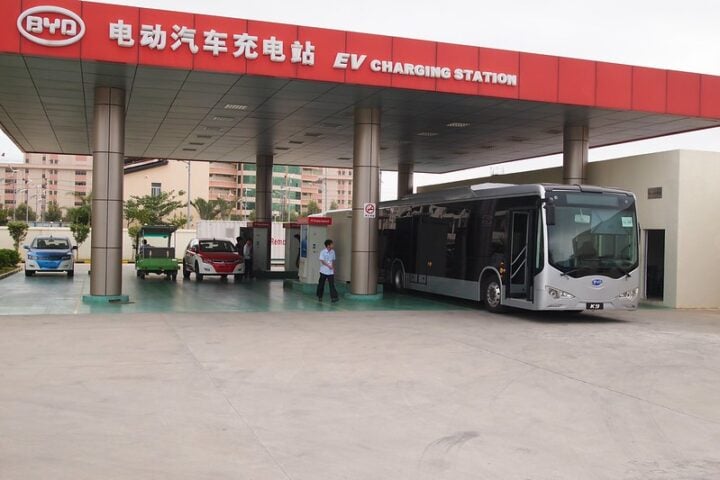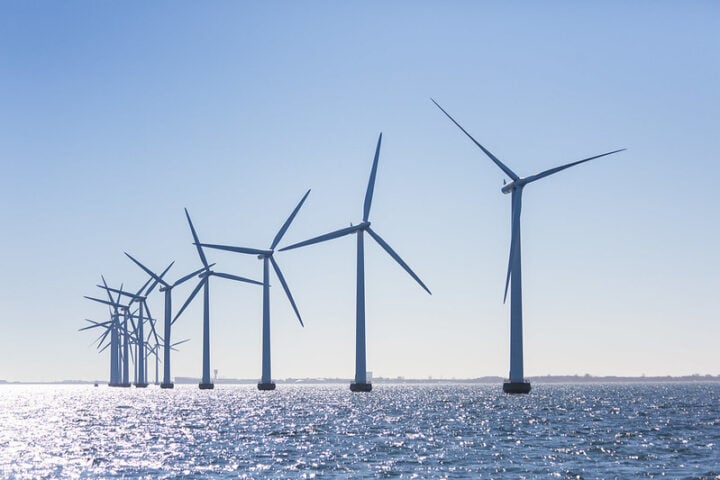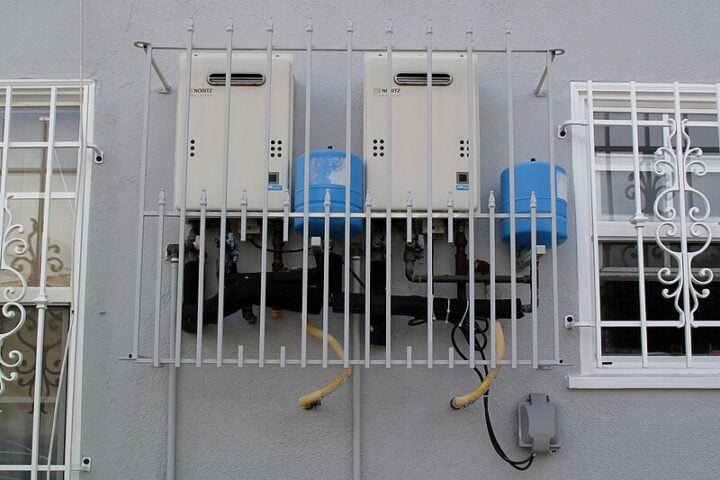Dr. Yoo Sung Jong and the brilliant minds at the Korea Institute of Science and Technology (KIST) have cracked a code in the green hydrogen production saga. Imagine slashing the cost of producing our clean energy hero, green hydrogen, and doing it with style and sustainability! That’s exactly what’s cooking in KIST’s labs, where they’ve innovatively harnessed carbon in water electrolysis, a method we’ve sidestepped due to those pesky corrosion issues.
A Catalyst for Change
Now, here’s where it gets juicy. The team synthesized a nickel-iron-cobalt layered double hydroxide material on a hydrophobic carbon support, offering a wallet-friendly alternative to iridium, and employed it as an electrocatalyst for the oxygen evolution reaction in anion exchange membrane electrolysis. Not only did this catalyst show off with remarkable durability, but it also flexed its muscles by reducing the generation of carbon dioxide during the corrosion process by more than half. Talk about a win-win!
Energizing the Future
With a projected global hydrogen demand soaring to a whopping 530 million tons by 2050, the stakes are high and the race is on. Dr. Yoo Sung Jong is not just stopping with this discovery. He’s on a mission, stating, “We will strive to develop various eco-friendly energy technologies, including green hydrogen production.” And with the support of the Ministry of Science and ICT and the Korea Energy Technology Assessment Institute, this research isn’t just a flash in the pan. It’s a beacon (yes, we said it!) lighting up the path to a future where water electrolysis technology leaps to the next level.
Similar Posts
A Sustainable Symphony
The melody of science and innovation plays harmoniously in this research, offering not just a step but a giant leap toward realizing the potential of hydrophobic crystalline carbon as a support for oxygen evolution electrocatalysts. It’s not just about the science; it’s about the potential pathways this opens up for industries and governments to adopt more sustainable hydrogen production methods. The findings underscore the necessity and potential for further research and development in the realm of green hydrogen production, particularly focusing on catalyst development and various supports.
A Toast to Green Hydrogen
So, here’s a toast to the researchers making waves and to the future of green hydrogen! The findings from KIST don’t just illuminate the path forward for their team but light the way for scientists, researchers, and energy enthusiasts worldwide. As we navigate the energy transition, breakthroughs like these aren’t just news; they’re milestones on our collective journey towards a more sustainable and energy-efficient future. Let’s keep the energy flowing and the ideas glowing as we cruise into a future powered by clean, green hydrogen.















